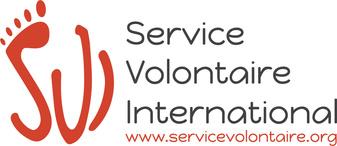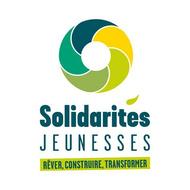TRAINING FOR YOUNG PEOPLE, YOUTH WORKERS, YOUTH LEADERS
APRIL - MAY 2022


TRAINING FOR YOUNG PEOPLE, YOUTH WORKERS, YOUTH LEADERS
APRIL - MAY 2022

Self-empowerment to support young people was a training course which offered youth workers and youth leaders skills and tools for operating in the youth sector with greater effectiveness and awareness of the role of facilitators in non-formal learning processes.
The training involved 19 participants (of whom 6 were young people with fewer opportunities) from 7 countries (IT, BE, ES, FR, LV, MK, PL) and 2 facilitators, and took place in Filaga, Sicily from 29/04/2022 to 07/05/2022.
To cope with the ongoing turnover of human resources involved in the role of group leader/support person in non-formal activities experienced by the partnership, and at the same time, to offer the opportunity to be trained in this field and context to young people previously involved in volunteering projects who had expressed the will and need to cover this role
Project aims
strengthen workers’ personal and transversal skills for working in the youth sector, in multicultural and international contexts, in conducting activities aimed at young people transferring methods and tools to manage youth groups and to encourage young people’s involvement, also those with fewer opportunities, in non-formal learning initiatives and social volunteering reinforcing the skills needed to accompany young people (also with fewer opportunities) in the recognition, re-elaboration and assessment of skills to make even more effective the educational impact of the initiatives where they are involved sharing good practices among partner organizations in order to develop new methods and new initiatives designed by and for young people enhancing the role of youth workers and NGOs as complementary actors in the paths of personal and professional growth of all young people, especially those in cultural and socio-economic/educational disadvantaged conditions.
The training course involved young people aged between 21 and 31, combining the participation of new generations of youth workers and youth leaders already active in their local context, interested in acquiring new skills and strengthening the basic skills needed to lead international groups or activities made up of mixed groups of young people from different socio-economic and cultural backgrounds, including young people with fewer opportunities.
Non-formal methodologies, work in team, brainstorming, simulations, role-playing, learning by doing, sharing of best practices.
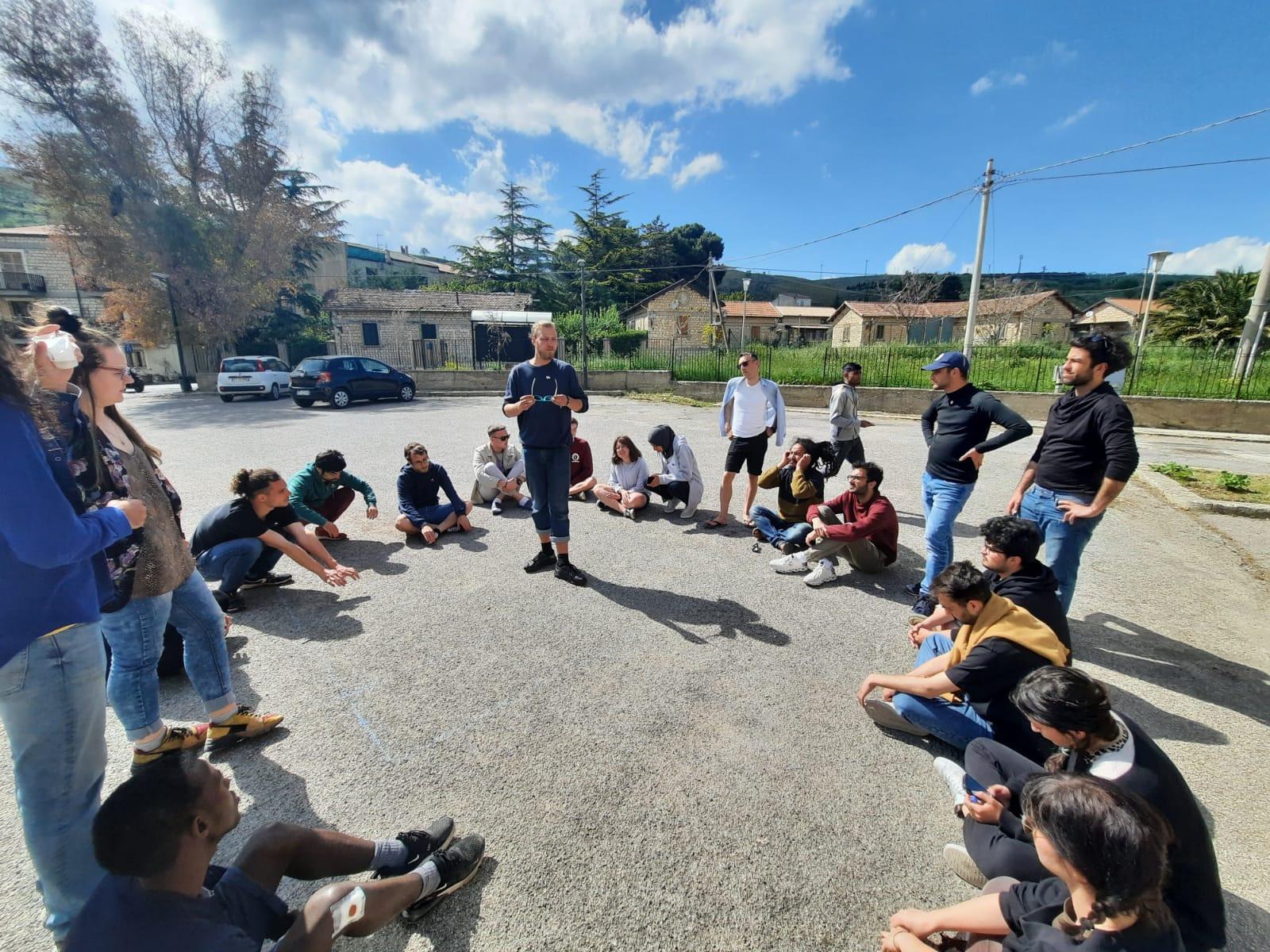
This publication contains non-formal education activities carried out by the participants during the training, in order to provide a tool for training youth leaders in the management of mixed groups (in terms of cultural or socio-economic and educational background) participating in mobility or local/international volunteer/solidarity projects.
The activities described in the publication are designed to strengthen the soft skills of youth leaders to be more effective when working with adolescents and young people, to improve personal skills as facilitators in the process of non-formal learning/skills recognition.
The publication includes comments from participants.
Non-formal learning is a way of learning that usually takes place outside of a formal context It is structured and pre-arranged and is usually guided by a facilitator. It is based on learners' voluntary and active participation and mutual learning, and is self-evaluated by learners. It follows a holistic approach.
The use of different educational tools and approaches in education has been found to be more inclusive and effective in equipping learners - from different social backgrounds and ages - with transversal skills and new competences.
Non-formal education is a great opportunity for experiential learning, providing participants with a situation in which to try out new skills and to strengthen their competences by reflecting on their personal strengths and weaknesses.
NFL is a powerful tool for self-awareness because it puts the experiential learning cycle (by David Kolb) into practice In fact, the activities usually follow four steps:
1. Concrete experience;
2. Self-reflection; 3. Conclusion;
4. Experimentation.
Participants try out skills while actively participating in activities, games, simulations; after, they take time to reflect on what they have experienced by sharing feelings, thoughts, emotions with peers; then, participants are able to conceptualise the experiences and draw conclusions; and, finally, it's time to put new knowledge, attitudes and skills into practice
In order to achieve a better result, it's important to have a guide who can facilitate this learning process and lead the participants into a safe self-exploration.
I learn more with non-formal activities, I discovered a lot about theater and music, a very good intercultural empowerment
If I try, I can do something
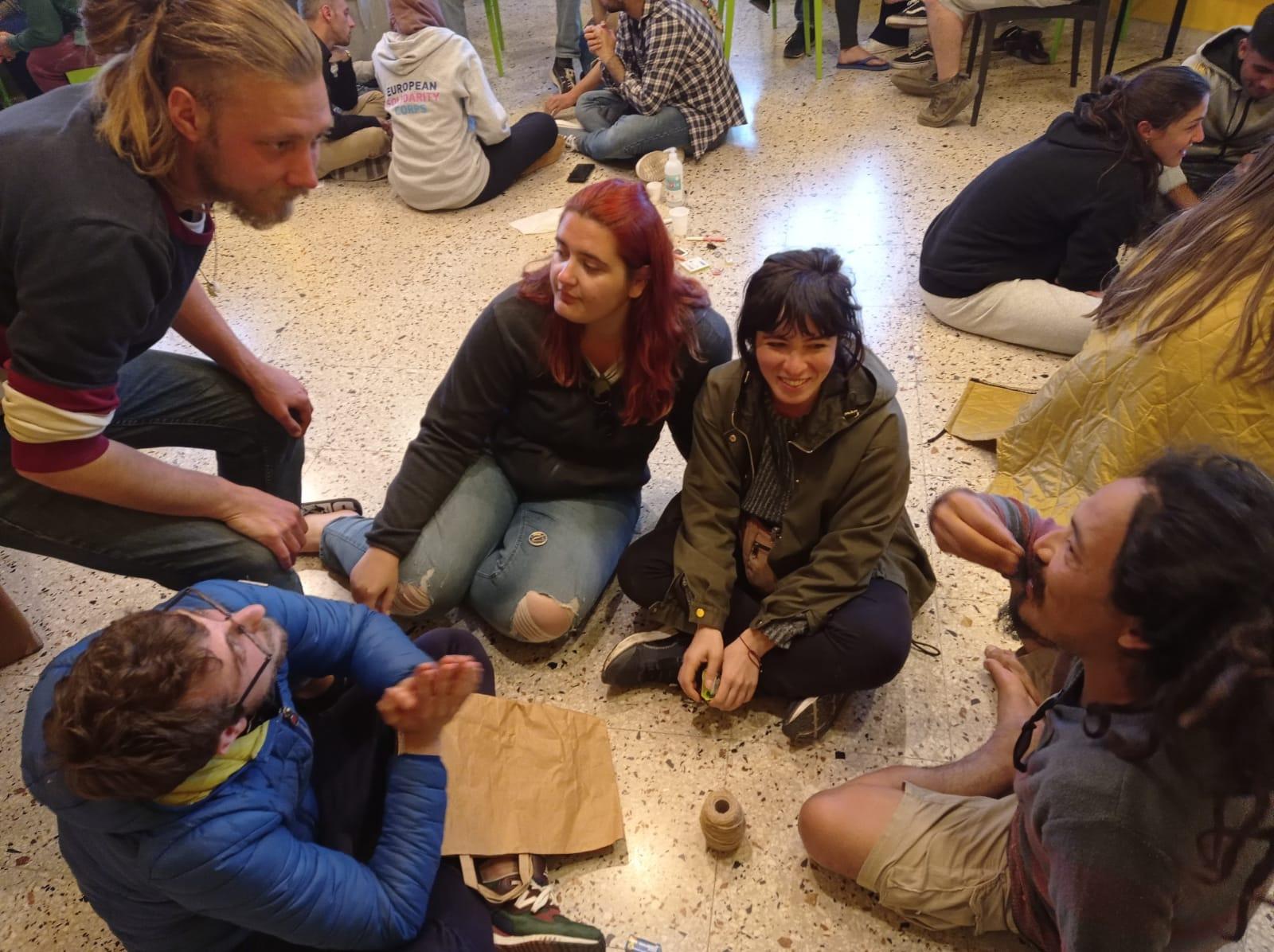
ENERGISER
Name: Wake up moving your body
Aim: To wake up in a sweet way and improving coordination. To emphasize the importance of listening to each other for reaching common goals.
Materials needed:
Music Body
Minimum 2 persons
Instructions
Participants:
make a line staying side by side turn the high part of the body to the person who stand left / right of give double high five to him / her turn back in original position clap your own hands once turn to the other side everybody has to follow the same rhythm to finish the game
After the group reaches the rhythm, it creates a nice atmosphere if they repeat for 3-4 times.
ENERGISER
Name: Pulse my hand
Aim: To increase people’s energy, creativity and motivation before starting an activity.
Materials needed:
object easy to catch (i.g. empty plastic bottle, etc.)
Instructions
Participants stands in two lines facing each others of equal numbers. The game moderator's place an empty plastic bottle (or other object easy to catch) at least 3 meters away from the two lines. Once everything is ready, the moderator hold the hands of the last two persons of both lines and start to pulse their hands just once. Now, the impulse is transferred from hands to hands until it reaches the first persons in the both lines. When the impulse arrives to them, they should run quickly to catch the object. Who catches it first, wins. After, they reach the end of the line to continue the game. This is repeated until the last persons play.
Name: Tales of The Vienna Waltz
Aim: To increase people’s energy, creativity and motivation before starting an activity.
Materials needed:
Song: Tales of The Vienna Waltz (Royal Philharmonic Orchestra)
Large place inside or outside + speakers
Instructions
Divide participants into 3 groups. The moderator of the game has to imagine to be a musical conductor. For starting, the moderator teaches each group to clap when s/he point at them. Then, the moderator teaches the first and last group to clap in rhythm twice each. And the group in the middle 5 times. When everyone understands how and when to clap, the moderator has to try to make them clapping together.
Clap first those who have 5 claps, then those who have 2 claps, but one at a time. Finally, play a song and clap in rhythm along to the music.
At the end, the moderator claps for all participants.
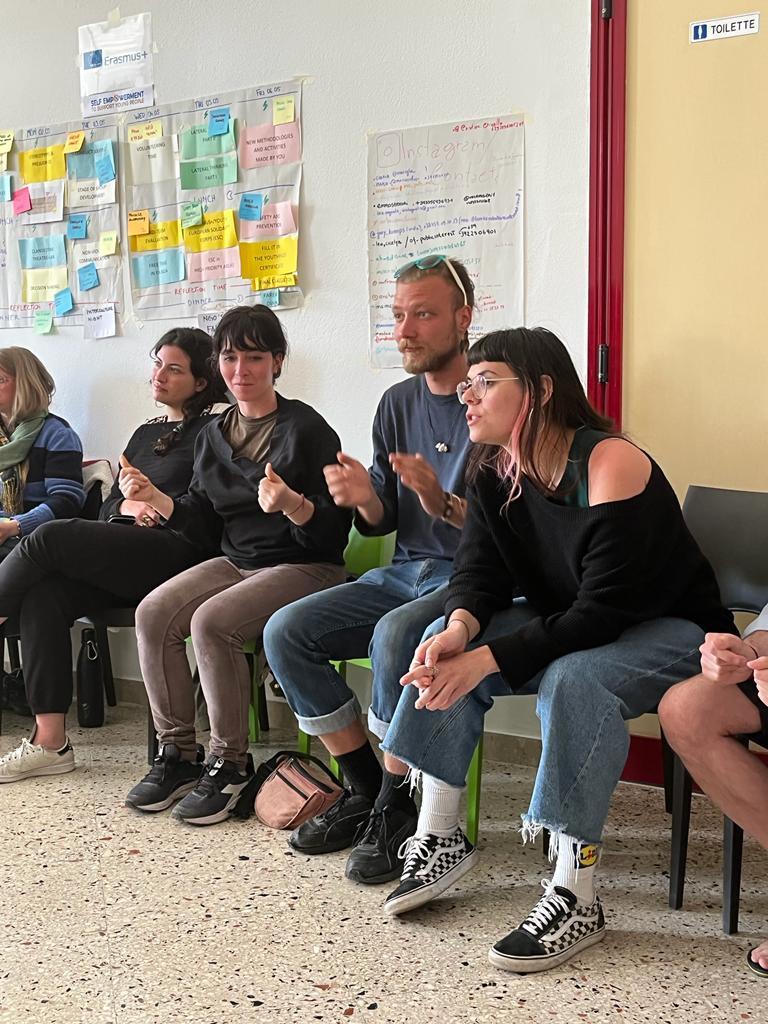
Name: Cryptotpyrc
Aim: To build the team by using strategic games. To build connection among participants and reinforce communication.
Materials needed:
Paper, pen and some ciphers (like the Caesar’s cipher).
Preparation
Take some pieces of paper and write the “codes”, writing each one of them multiple times depending on how many the teams are.
Example (considering 3 teams):
FLSKHU FLSKHUFLSKHU (F = C, L = I, S = P, K = H, H = E, U = R)
DOSKDEHW DOSKDEHWDOSKDEHW (D = A, O = L, S = P, K = H, D = A, E = B, H = E, W = T)
And so on.
Instructions
The group should be divided in smaller teams of 4-5 people. Each team have to reason on how to decrypt the messages, understanding which cipher is used. The first team who decrypts all of the messages wins.
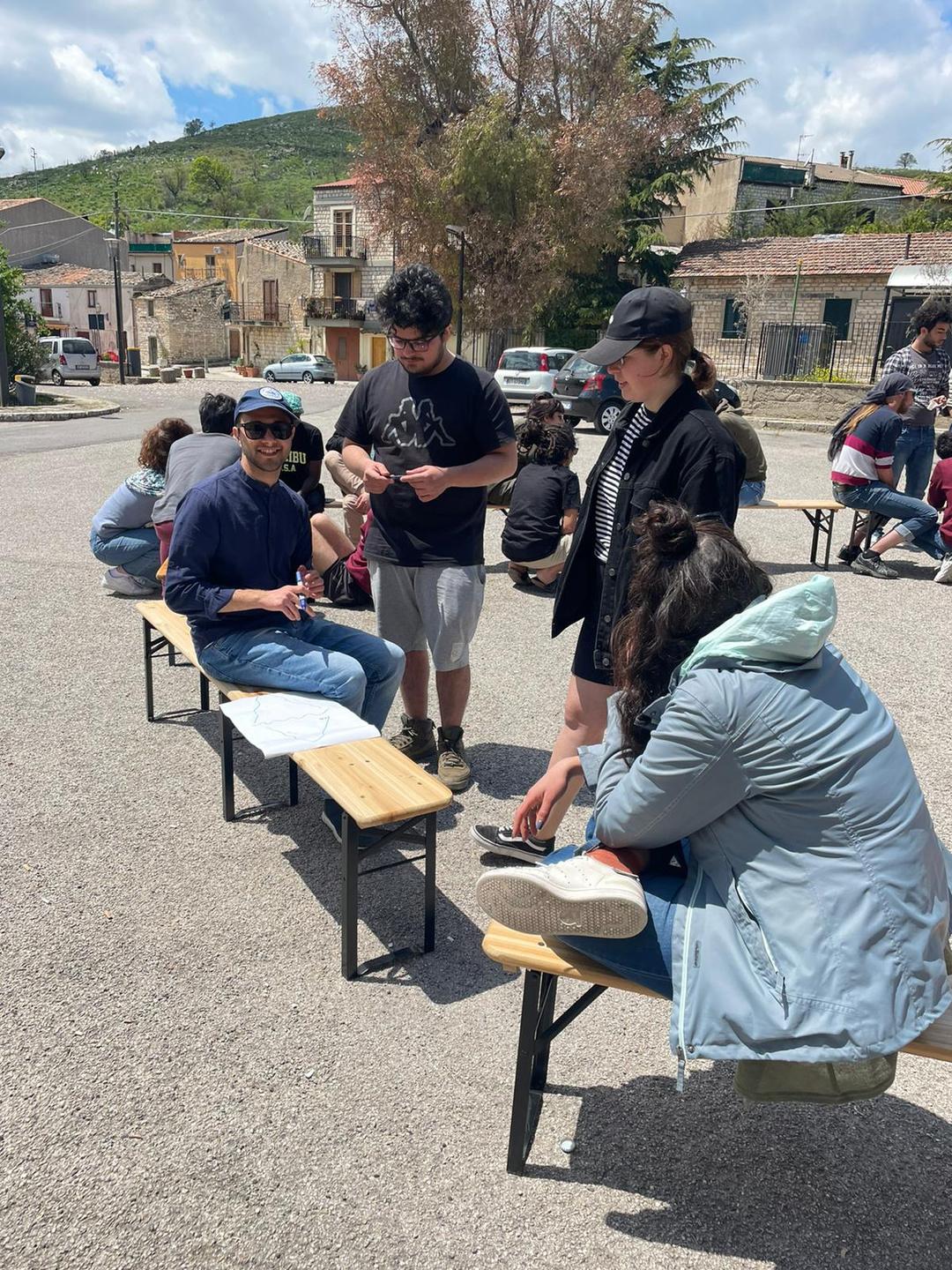
Name: flower meadow game
Aim: For decision making and to build trust among participants
Materials needed:
Preparation
Drawing squares with chalks on the ground. Prepare the path on a paper for the moderator
Instructions
Divide participants in 2, 3 or 4 teams according to the size of the group. Each team will have to cross the grid drawn on the floor avoiding to smash flowers. Each team will have a different grid to cross across and so they can play simultaneously or not.
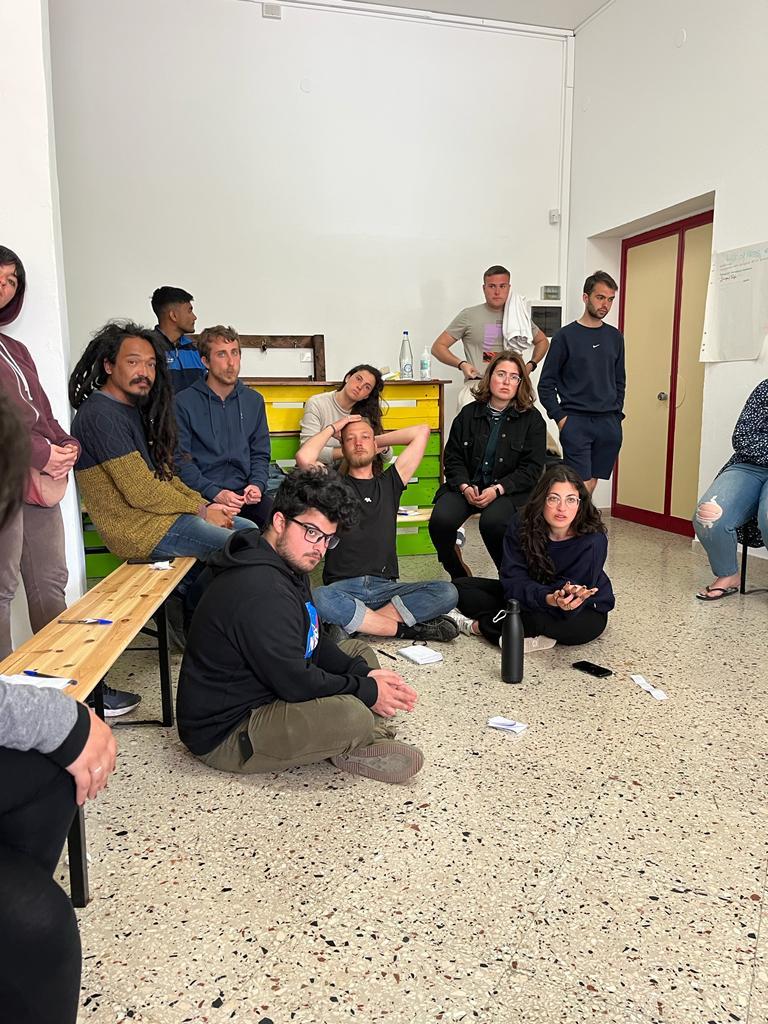
Name: Lost in the desert (1/2)
Aim: To practice how to make a decision in a short of time, to share ideas and debate for persuading.
Materials needed:
papers, pens
Instructions
Each person has to imagine to be lost in the American desert after a plane crashed. There are about 50 degrees and you have to choose which object take with you to reach the nearest town (2 days far from you).
Divide people in 3-4 groups according to the size and give them the below list of objects:
Torch, water, map, sunglasses, parachute, book about desert animals, compass, 2L of vodka, coat, knife, solar cream, cigarettes, snacks, gun with 4 bullets, little mirror.
Each team has to rank from 1 to 15 (where 1 is the most important) the objects based on the importance they give to each of them. They have 20 minutes.
After 20 minutes, each team gathers in a common room for sharing their lists.
The moderator of the game writes the position that each group gave to the objects, the position portrays the point of each object. The first five objects are the ones with the lowest score. The first five objects represent the final list.
Before closing the game the moderator asks to everyone if there are some disagreements; if yes, a debate is opened.
Debriefing
Which was the process to classify the objects? Was it difficult? Did you have any conflict among your group during the decision moment? Have you experienced specific feelings during the decision process? How did the activity help you to understand more about the decision making?
Name: Leadership's styles
Aim: To reflect on different approach and when to use them
Materials needed:
Instructions
Divide participants in 2, 3 or 4 teams according to the size of the group. Each team will discuss on skills, attitudes, competences that an hypothetical leaders should have and draws a silhouette. After 30 minutes, each group introduces the poster to the others and at the end the facilitator highlights the most frequent identified and introduces the emotional intelligence. Now, 3 types of leaderships are introduced (autocratic, participative, laissez-faire), its features and in which situations each of them fits better.

WORKSHOP
Name: Conflicts and ways of resolutions (1/2)
Aim: To understand conflicts and technique to manage them
Materials needed:
chart to show approaches (below): Competing / Collaborating / Avoiding / Accommodating / Compromising
Instructions
Brainstorm the meaning of conflict among participants and give a definition at the end. Introduce types of conflict by giving examples (work, family, with friends, etc).
Split participants in smaller group of 4-5 people according to the size.
Give them situations of hypothetical conflicts that can raise in different situations (try inspiration by previous experiences and life. Here's some examples: A) among volunteers in volunteering projects; B) among participants in a Youth Exchange; C) among participants that share a common space and have a different approach to house keeping; D) among workers about task division and not followed, etc.)
Give each group 30 minutes to understand the situation provided and prepare a theatrical scene to play in front of the group. After they played the scene, introduce some tips for resolve conflicts (below) and later expose another situation asking them to solve it following the tips given.
1. Establish common rules for talking and sharing point of views (no interrupting, no yelling, no insults, etc.)
2. People can talk in turns to express feeling, toughts
3. Stating the conflict in simple terms to stay focused on the problem

4.Take turns in exploring options to resolve the conflict - each participants can propose a solution
5. Identify the solution that everyone involved can agree upon
6. try it out and revise if it's needed.
WORKSHOP
Name: Not violent communication (1/2)
Aim: Get to know non violent communication and useful tips for practicing
Instructions
Energizer: Broken phone (5-10 mins). This game is a clear example of how communication can be misunderstood easily. A perfect opening for this session.
Styles of communication: 6 groups represent provided situations using 3 different styles of communication.
Role playing of the situation
Debate
Presenting the 3 communication styles (Assertive, Aggressive, Passive)
Non-violent communication: explaining the Marshall Rosenberg's theory of the 4 phases:
Actions we observe that affect our wellbeing
How we feel in relation with what we observe
The needs, values and desires that create our feelings
Actions we request
Final non-violent circle - improvisation: we stand together in a circle and 2 people come in the middle voluntarily. The facilitator read one situation and both of them have to improvise a conversation following the 4 steps of the theory (can be made 2 times with other 2 people).
Ask participants of the role playing:
How were you feeling during the role?
What do you think about?
Would you introduce it in your daily life?
Final discussion / feedback
Closing up.
*Remember: coexistence is made by a daily bunch of uncomfortable conversations.
Name: I am a refugee, a global citizen feared by all.
Aim: To raise awareness about migration though a personal experience
Description of the session
Everyone starts walking in a circle. I’m invisible to them. I call for their attention in Somali language. They keep going on a circle not giving any attention to me, to listen to me. I'm getting frustrated and loudly say “Basta!”. They stand still where they are. I start talking asking them why they treat me this way. I start singing about my journey through Africa. End.
Open space for discussion
Text written and told by a participant, a refugee from Somalia:
I am Ahmed, from Somalia. I arrived in Italy in 2012 by boat. I left my country because of the war. I have been through a lot, especially on my journey. Finally, when I arrived in Italy, I thought that I had finally arrived to my destination... As time went, I realized that people were judging me based on my skin color. I felt invisible, unwanted and unloved. I tried so hard to integrate to this society but sometimes it feels like there will always be a barrier. A lot of people ask me why I came here, since natives don’t have enough job.
What many people don’t understand is that I don’t have the same privileges as them and why is it not ok for me to come here to have normal life and a future just the way to other countries to have a better future. The only difference is that they have the privilege to be born in a European country to have a passport that enables them to travel all over the world while my passport doesn’t have any value and I have to risk my life to come to Europe despite being a refugee. So how to make people understand what I'm going through, I made a theatre scene where they have to join me to do this scene.
I'm really proud of myself and satisfied. I have discovered that i can share with others my knowledge, my traditions and my costumes without any fears .
I'm interested in finding new methods of non-violent and constructive communication.
I'm interested in participating in other Erasmus+ projects and to learn more about immigrants in my country and how I can help them.
I discovered new way of living with the others without taking care about our external aspects
I'm more interested into the migrant situation, and I will reflect on that and try to know more about associations for migration in my own country. I also want to learn a new language.
This training allowed me to question myself in relation to my relationship to the others, to the humans. Indeed, in view of my work, I had lost sight of empathy, non-violent communication, simple human relationship, ... This training allowed me to refresh my memory and use the skills during my following projects, in my associative life in Belgium and in my private life.
Now, I own defined strategies to manage eventual conflicts during my daily life in communities.
I improved my English language, and I know more things about being a leader of a group, talking to each member of It, trying to take the better decision about anything, where everyone could agree about it. And I learned how to be more sure of myself
I think my perspective changed a lot and also my confidence in coordinating or facilitating, and it can be visibly seen in all my perspectives of my life.
I used the knowledge in the next project I had in Portugal. I was doing a volunteering with some young people during two weeks, some weeks after the training course. I used the knowledge in my association life too.
After the training course I has the opportunity to lead a couple of workshops and also co-facilitate a youth exchange in my sending organization. While doing this, I managed to disseminate all the opportunities that we talked about during our Training Course and as well use some of the methods that we used in our project.
I used my knowledge working with ESC volunteers at work
I was giving some workshops about Non-Violent communication mainly. I was with youngsters and children.
My social skills have definitely improved. I understand better people around me and I am better able to cope with all kinds of difficulties, appreciate the life moments.




This publication is made in the frame of the project "Self-empowerment to support young people" supported by the Erasmus+ Programme. Views and opinions expressed are however those of the author(s) only and do not necessarily reflect those of the European Union or its Agencies. Neither the European Union nor the granting authority can be held responsible for the contents therein.


